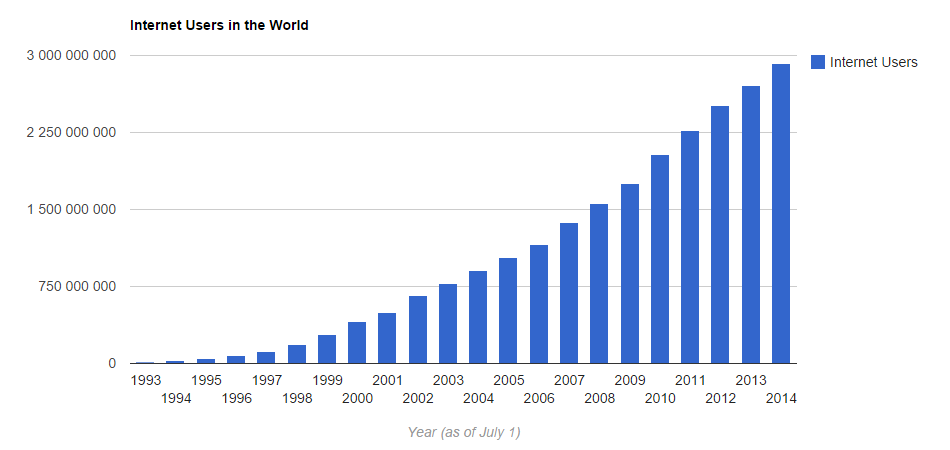Aquaculture
Aquaculture is the farming of aquatic organisms such as fish, crustaceans, molluscs and aquatic plants. At the moment aquaculture is the fastest growing food sector in the world. From 1990 to 2010 cultivation of fish and shellfish in terrestrial and marine systems grew at an annual rate of 7.8% worldwide, a much higher rate than any other food commodity. Although there are many potential benefits to farming aquatic organisms such as increases in food and fuel supply there are also many potential drawbacks. In this post I will go through some of the latest scientific findings regarding the pros and cons of aquaculture from a global food security perspective.
Fig.1 Map over societies dependence (%) on fish for nutrition (2008)
Aquaculture’s role in the global food system?
Fish is an important food commodity and more than 3 billion people obtain ⅕ of their animal protein from fish. Some societies are more dependent on fish as a source of nutrition than others (Fig. 1). In 2012 the global fish market was valued at 129 billion dollars. However, global wild fish catches peaked around 2002-2003 and is now at a plateau (Fig. 2a and b), thus, there is an sense of urgency in the scientific and public policy community to match the gap in food needed with sustainable options.The international community's interest in aquaculture has thus become ever more present. And business is booming, roughly half of the fish consumed worldwide now comes from aquaculture and its share is expected to increase in the future as wild fisheries exceed their sustainable limits (Troell et al. 2014). Freshwater fish comprise the majority of aquaculture production today. These fish are raised in ponds, lakes, canals, cages and benefit from a wide range of inputs, technology and management.
Common environmental problems
 |
| Fig. 2 A) Global Wild Fish Peak Catch |
The most common environmental problems include pollution of marine ecosystems, destruction of coastal habitats, enhanced disease and parasite transmission between farmed and wild fish populations, introduction of invasive species, increased stress on freshwater resources, and overfishing of wild fish stocks to feed farm fish. The use of wild fish in feeds can also have food security implications for low-income households that depend on low-trophic level fish as a key source for nutrition.
Pros
- Provides year-round fish supplies and incomes
- Can provide ecosystem services remediation: habitat structure, relieving fishing pressure on wild fish stocks and rebuilding of wild populations
Cons
- Can severely degrade aquatic ecosystems
- Poses health risks to consumers
- Can cause diminishing food supply for low-income households that depend on smaller fish species
A risk perspective
Since there are both major benefits and risks to aquaculture one way to make a risk analysis is to use a portfolio approach. The basic idea is to invest in a suite of assets or activities that collectively has lower risk relative to that of any individual asset. This will yield trade-off options between risk and returns and the trick is to diversify the asset bundle. The degree of risk depends on correlations between assets’ returns. When applying this approach to the global food systems one could think of the targeted return as the aggregate output of food commodities needed to meet human demands. Risks, then, involve temporary and irreversible declines in productivity captured by the variation and trend in food production and prices. Furthermore, the degree of food price volatility is indicative of the global food system’s resilience (or robustness) against a wide range of stressors such as pests, extreme weather events, climate variability and other market shocks related to changes in the energy and financial sectors. A pattern of higher and more variable prices over time would then suggest deteriorating resilience of global food supplies whilst a pattern of stable prices would indicate a more robust and resilient food system.
Fig. 3 Shows relative fluctuations in price for different food sectors (1990-2013)
 |
| Source: Troell et al. (2014) |
In the price index (Fig. 3) we can see that cereal and oilseed prices have shown much stronger variation than prices for meat, aquaculture and capture fisheries. Lower volatility in fish and meat suggest higher substitution potential. Moreover, aquaculture prices have been less variable than other food commodities and thus appear to add some degree of stability to the global food system. The fact that prices in crops, livestock, and fish products move closely together indicates that the markets are highly integrated. Adding a robust aquaculture sector could improve the robustness of the world’s food system as long as it does not deplete resources or severely undermine the environment in which we produce food e.g. through pollution.
Diversify, diversify, diversify
Today 95% of human calorie needs originate from crop species of which only four (rice, wheat, maize, and potatoes) make up around ⅔ of total needs. The meat sector is comprised of around 20 different animal species of which only a handful are dominant (cattle, poultry, swine and goat). Aquaculture on the other hand currently involve more than 600 different freshwater and marine animal species. However, there is a trend towards concentration similar to that of the crop and meat sectors. The cultivation of fish and shellfish is now dominated by 35 species that together account for 90% of total global production.
Conclusion
Sustainable development is always about tradeoffs. This case exemplifies one way of assessing the potential benefits and risks of a certain future development. This could help improve future planning and guidelines regarding aquaculture and ecosystem stewardship for industry and society at large. The present diversity of aquaculture systems contributes stability to the world's food system. However, if not well managed to minimize the environmental damages and social injustices, aquaculture is likely to make the global food system less resilient.

















0 kommentarer: